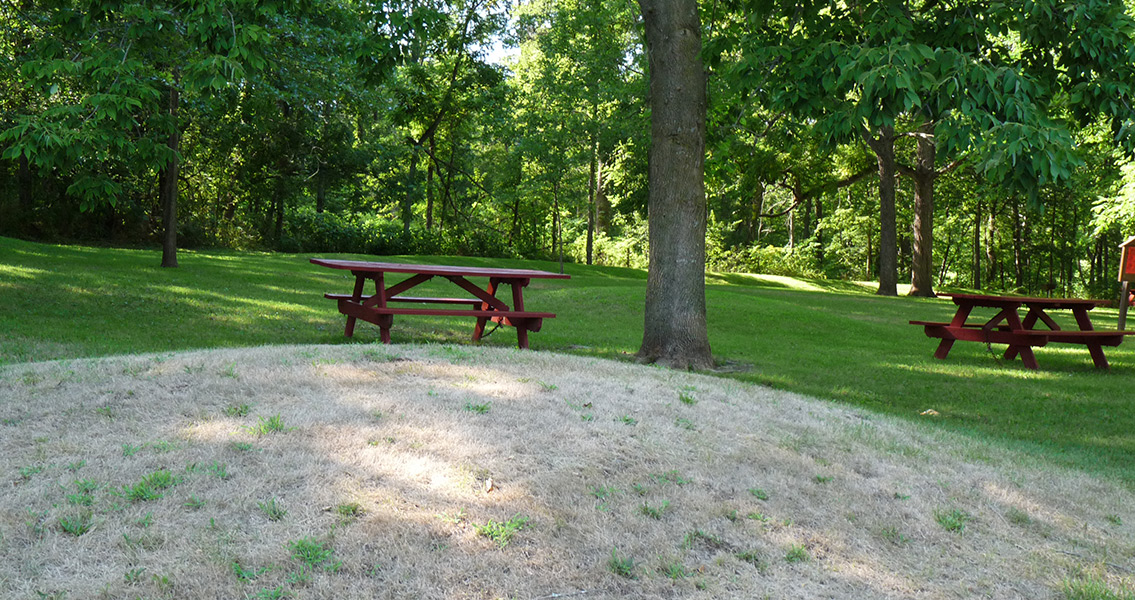<![CDATA[Native American burial sites in south-central Wisconsin may soon be subject to excavation – and not for archaeological study. The bill, currently working its way through the Wisconsin state Legislature and sponsored by Republican state Senator Chris Kapenga, would make it mandatory for the Wisconsin Historical Society to permit private property owners to conduct digs on their own land in order to investigate if effigy mounds on their property contain human remains or not. However, the Ho-Chunk Nation and other opponents of the new bill say that these mounds need to be preserved, especially if they do contain human remains – and excavating them to prove the presence of such remains defeats the purpose of preserving them in the first place. The newly-proposed legislation could have major ramifications for Dane County resident companies Redi-Mix and Wingra Stone, as they have been mining Kampmeier Quarry for raw materials over the last two decades. The stone and concrete producers have been studiously mining around a three-acre plot of land containing effigy mounds during that time, resulting in a 50-foot high spit of land that juts out above the quarry floor. However, the rest of the 57-acre quarry has been exhausted of the limestone aggregate Wingra needs from the site. This has prompted Bob Shea, the company’s president, to push for the new legislation. According to the Jackson County Chronicle, Shea says there’s never been any proof that the effigy mounds on the site have any burial materials within them. While the president insists that Wingra would never disturb a known burial site, Shea says that the value of the limestone aggregate beneath those mounds could be between $10 million and $15 million – and he wants there to be a completely certain determination that there are indeed remains on site. The mounds have been studied in the past through the use of magnetometry, ground-penetrating radar, and other technologies in order to prove or disprove whether there are indeed burial remains within. However, the Ho-Chunk Nation and Wingra have been at odds over interpreting the findings of these surveys. Nation spokesman Collin Price argues that the oral traditions and the history of the Ho-Chunk say those mounds are filled with the remains of their ancestors. Excavating these mounds, even to just determine if there are remains within them, is a “grotesque” possibility according to Price’s statements to the newspaper. The mounds within the quarry were officially classified as burial sites in 1990 by the Wisconsin Historical Society, though Wingra has been tireless in its efforts to be granted access to the land beneath for years. The company made a formal request to remove the site from the state burial catalog in 2010, though the Historical Society denied the request just two years later after the state agency determined there was not enough evidence to prove the mounds were absent of any human remains. Image courtesy of Wikimedia Commons user: Jeff the quiet]]>
Wisconsin Legislature May Legalize Burial Excavation
